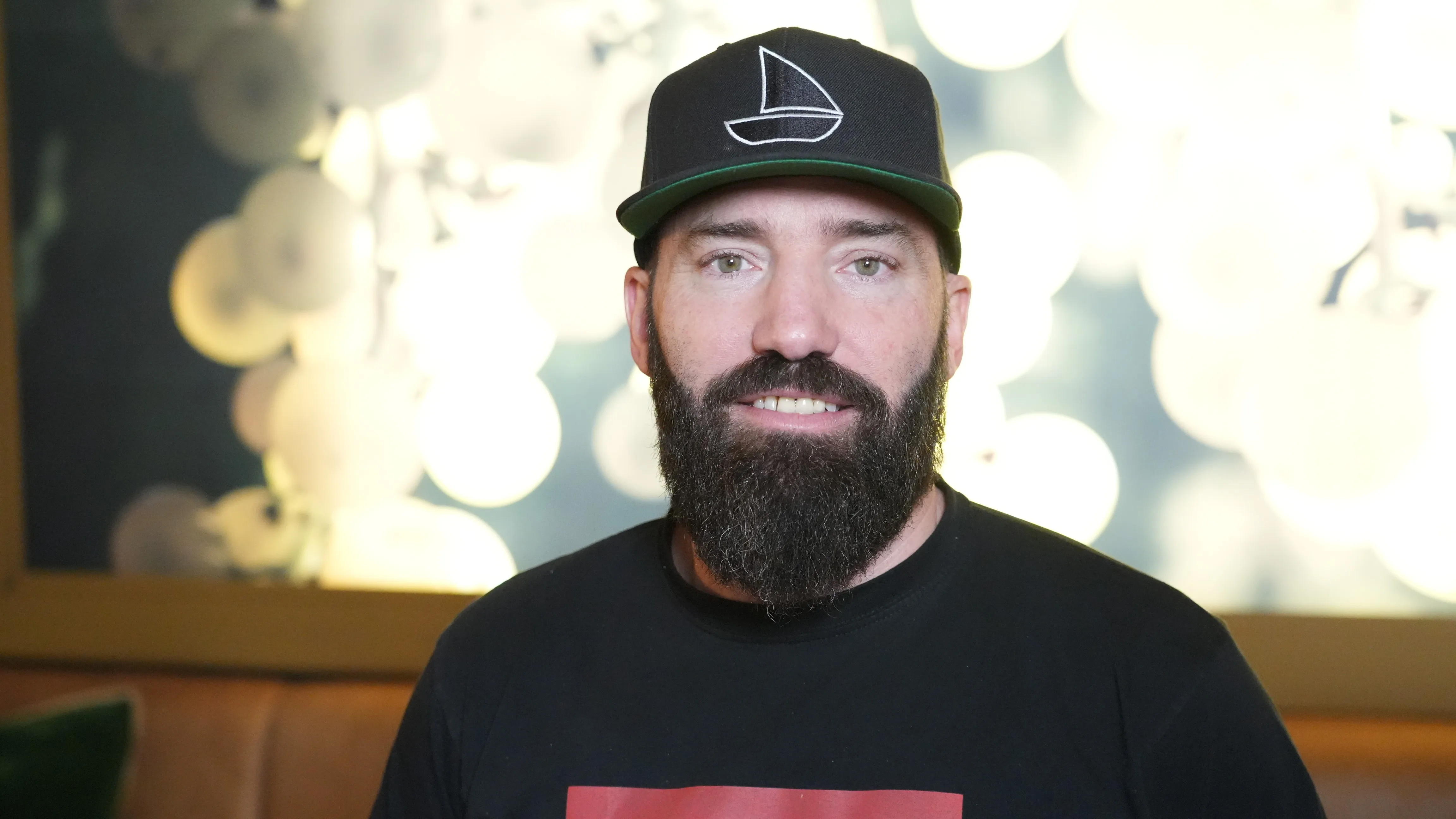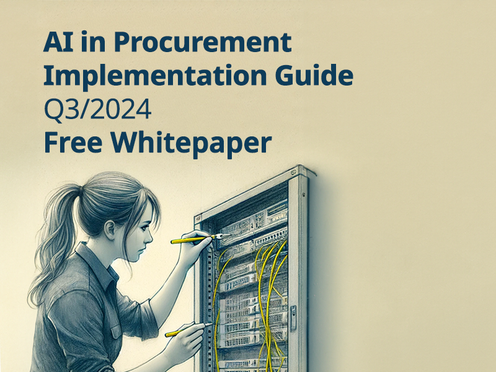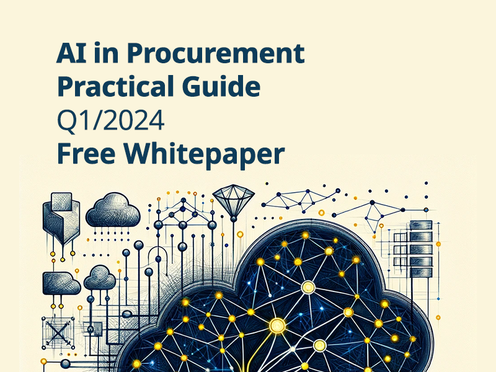
The hidden costs of Maverick Buying – and how to tackle them
A candid conversation with Christoph Quick-Timmerhaus and Gregory N. Vider on the true impact of uncontrolled services procurement
Maverick buying isn’t just a buzzword – it’s a silent killer of procurement performance. Especially in the world of Professional Services Procurement, where spend is often complex, fragmented, and stakeholder-driven, Maverick Buying leads to significant financial and strategic blind spots. According to Aberdeen Strategy & Research, companies can lose up to 22% in potential savings when purchases go off-policy. So how can procurement regain control – without becoming the department of “No”? We sat down with two seasoned experts to explore.
Let’s start with the basics – what exactly is Maverick Buying, and how does it show up in professional services?
Christoph Quick-Timmerhaus: In the most literal sense, Maverick Buying is any purchase made outside of approved procurement channels. That’s usually when someone buys a service or product without a purchase order (PO) and without at least notifying procurement. This is easy to spot in the data and typically flagged during invoice reconciliation. But here’s the more nuanced version:
Gregory N. Vider: Exactly. This is particularly problematic in the context of buying Professional Services. Services like consulting, creative work, legal, or IT are often procured ad hoc, project-based, and relationship-driven. That’s why unmanaged spend rates in this category often exceed 50%. You wouldn’t believe how often the “but we’ve always worked with them” argument still overrides any procurement logic.
Why do companies struggle so much with this in the services category?
Gregory N. Vider: Services are intangible, hard to compare, and often urgently needed. Stakeholders feel they know what they need and who can deliver it. So, they skip the process trying to move fast. But speed without structure leads to poor outcomes: inflated prices, unclear scopes, duplicated work, or worst – underperformance you can’t even audit. Additionally, many procurement teams were historically built for direct spend, raw materials, components, complex systems.
Christoph Quick-Timmerhaus: Absolutely. On top of that, many procurement teams are understaffed or don’t have the specialized expertise needed for services procurement, creating a perfect storm. Sometimes Maverick Buying happens simply because there’s no capacity to handle the request properly. That’s why it’s crucial to build bridges, not barricades – with the business and internally.
And what are the real costs of maverick buying?
Gregory N. Vider: Let’s be honest: it’s difficult to calculate. You can’t measure the savings you didn’t realize. But you can approximate the impact. A stakeholder buying a service directly might think they’ve saved money because they avoided a long process. But what if that service could’ve been delivered 30% cheaper or with better terms, had procurement run a structured RFP? And it’s not just cost. You’re losing on risk mitigation, supplier performance tracking, and compliance. If you don’t know what’s being bought, from whom, or under what terms. That’s dangerous.
Christoph Quick-Timmerhaus: Exactly. Take process costs, too. When someone buys outside the system, it creates a domino effect: manual approvals, finance chasing receipts, no legal review of contracts. It’s messy. And if you scale this across dozens – or hundreds – of service engagements per year, you’re bleeding money and creating audit headaches.
So how can companies shine a light on their maverick spend?
Christoph Quick-Timmerhaus: Start with spend visibility. Collect and clean your data. Look at invoices without POs, map them to categories, identify frequent rogue suppliers, and understand which departments are involved. This is your first level of clarity.
Gregory N. Vider: From there, go deeper. Run “what-if” simulations: What if procurement had handled that spend? How much could we have saved? Where could we have reduced risk? Use tools yes, like apadua 😉, to analyze project scopes, pricing benchmarks, supplier overlaps. Data is your best friend here. And it gives you leverage for internal discussions.
What practical steps can procurement teams take to reduce maverick buying?
Christoph Quick-Timmerhaus: Let’s break it down into five actions: Start with Listening: Build real relationships with stakeholders. Understand their goals, pain points, and timelines. Make procurement a partner – not a bottleneck.
Upgrade Your Team’s Capabilities: You need people who understand the business. In service categories, commercial savvy and stakeholder empathy are often more important than technical sourcing skills.
Make It Easy to Work with Procurement: Simplify access to sourcing support. Offer guided buying experiences or light-touch intake forms that feel more like collaboration than compliance.
Clean Your Data House: Do a full audit of non-PO invoices. Categorize them. Identify patterns. This gives you the facts you need to argue for change.
Map Stakeholder Influence: Know who’s driving spend decisions. Build a stakeholder map with roles, categories, and touchpoints. Use this to tailor your engagement strategy.
Any final thoughts?
Gregory N. Vider: Maverick Buying is a culture problem more than a process problem. If stakeholders don’t see procurement as a strategic ally, they’ll go around you. But if you show up early, bring value, and simplify their lives: you’ll win them over.
Christoph Quick-Timmerhaus: Couldn’t agree more. Procurement has the potential to create real business value, especially in services, where things are rarely standardized. But we need to get in early, understand the business, and speak their language. Only then can we make Maverick Buying the exception, not the norm.
About the experts
Christoph Quick-Timmerhaus is an interim manager and consultant with over 30 years of international experience in Finance, Strategy/M&A, Transformation, and (Indirect) Procurement, including 20+ years in leadership roles. He brings deep category knowledge and cultural fluency to every project.
Connect with Christoph on LinkedIn

Gregory N. Vider is the Co-founder of apadua, a Germany-based procuretech startup leveraging AI and data to transform professional services sourcing. With roots in automotive procurement and strategic consulting, he is on a mission to build the most impactful ProcureTech company in the world.
Connect with Gregory on LinkedIn

Author
Latest News
Interested in learning more?
Request a demo and in just 15 minutes we can tell you how Apadua can help your company become better in procurement.




